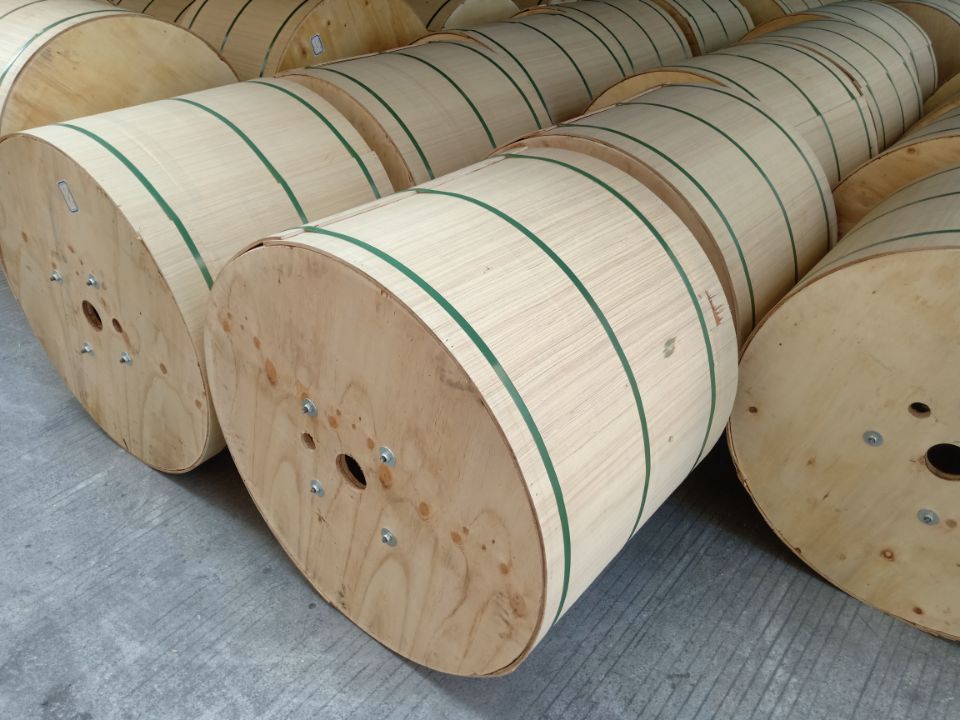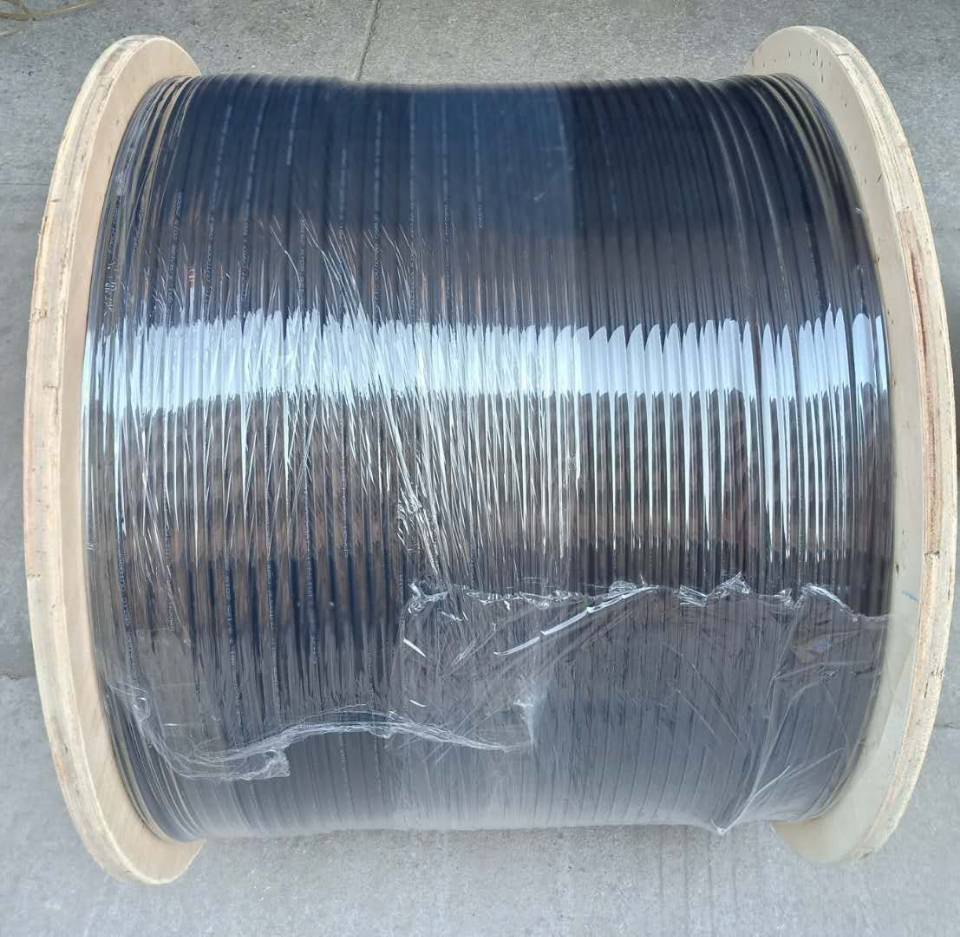INFORMATION
Descriptions
ADSS optical cable is also known as the full
medium self supported optical cable, the whole medium that optical cable is
used as a full medium material. Self bearing means that the fiber cable itself
can bear the weight and external load. This name points out the use environment
and key technology of the optical cable: because it is self bearing, its
mechanical strength is very important; the use of all dielectric material is
because the cable is in high pressure and strong power environment, it must be
able to withstand the influence of strong power; because it is used in the
power tower, it must be attached. The cable is fixed on the tower. That is,
ADSS optical cable has three key technologies: optical cable mechanical design,
suspension point determination and matching fittings selection and
installation.

The
mechanical performance of ADSS optical cable is mainly embodied in the maximum
permissible tension (Maximum Allowable Tension, MAT), the average annual
operating tension (Every Day Strength, EDS) and ultimate tensile strength
(Ultimate Tensile Strength, for short).
The
ADSS fiber cable has different structure from the overhead wire. Its tensile
strength is borne by the aramid yarn. The elastic modulus of the aramid yarn is
more than half that of the steel. The thermal expansion coefficient is one of
the parts of the steel. This determines that the ADSS cable sag is more sensitive
to the change of the external load. Under the condition of icing, the length of
ADSS fiber cable can reach 0.6%, and the wire is only 0.1%; the sag is rather
dull to the temperature change, and the sag of the arc is basically unchanged
when the temperature changes. In the wind condition, the wind deflection angle
is very large. When the wind speed is 30m/s, the wind deflection angle is up to
80 degrees, and the wind deflection angle of the wire is only about half of the
cable.
The
ability to tolerate extreme weather (strong winds and icing) is strong.
The
outer sheath of ADSS optical cable is AT or PE material. It operates in strong
electric field, and there is corrosion problem.
ADSS
fiber cable will have wind vibration. Smooth and stable transverse wind to the
cable will cause wind vibration and fatigue damage at the hanging point.
ADSS
cable has a certain resistance to pressure and can withstand the greater grip
strength of the tension clamp.

|
Fiber cores
|
32F
|
|
Span (Meters)
|
100 M
|
|
Aramid quality
|
International A level
|
|
Jacket material
|
PE
|
|
Jacket thickness
|
1.8 mm
|
|
Wind Speed (m/s)
|
<30
|
|
Cable outer diameter OD
|
9.8 ±0.5 mm
|
|
Cable weight
|
85 kg/km
|
|
Length/drum
|
5km
|
|
5km/drum gross weight
|
460kg
|
|
Tensile Strength(N/100mm)
|
2200
|
|
Min Bending Radius(mm)
|
Static
|
15D
|
|
|
Dynamic
|
25D
|
Package wooden drum for exporting: 1/2/3/4/5km each drum
|
|
G.652D
|
50/125μm
|
62.5/125μm
|
OM3-300
|
|
Attenuation (+20℃)
|
@850nm
|
|
≤3.0 dB/km
|
≤3.0 dB/km
|
≤3.0 dB/km
|
|
@1300nm
|
|
≤1.0 dB/km
|
≤1.0 dB/km
|
≤1.0 dB/km
|
|
@1310nm
|
≤0.36 dB/km
|
|
|
|
|
@1550nm
|
≤0.22 dB/km
|
|
|
|
|
Bandwidth
(Class A)
|
@850nm
|
|
≥500 MHz·km
|
≥600 MHz·km
|
≥600 MHz·km
|
|
@1300nm
|
|
≥1000 MHz·km
|
≥1000 MHz·km
|
≥1000 MHz·km
|
|
Numerical Aperture
|
|
0.200±0.015NA
|
0.275±0.015NA
|
0.275±0.015NA
|
|
Cable Cut-off Wavelength λcc
|
≤1260nm
|
|
|
|
Ordering information
Related Products
